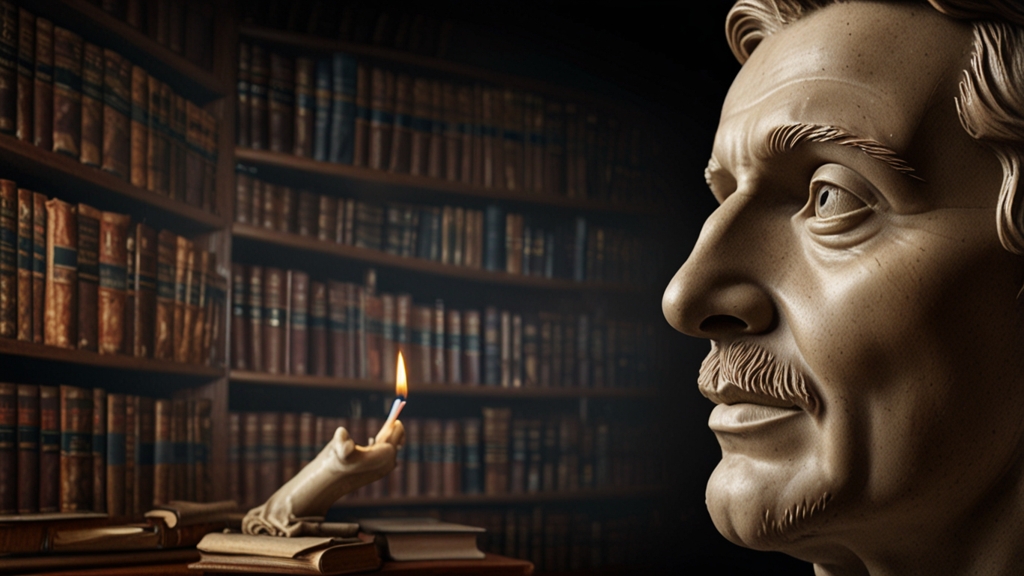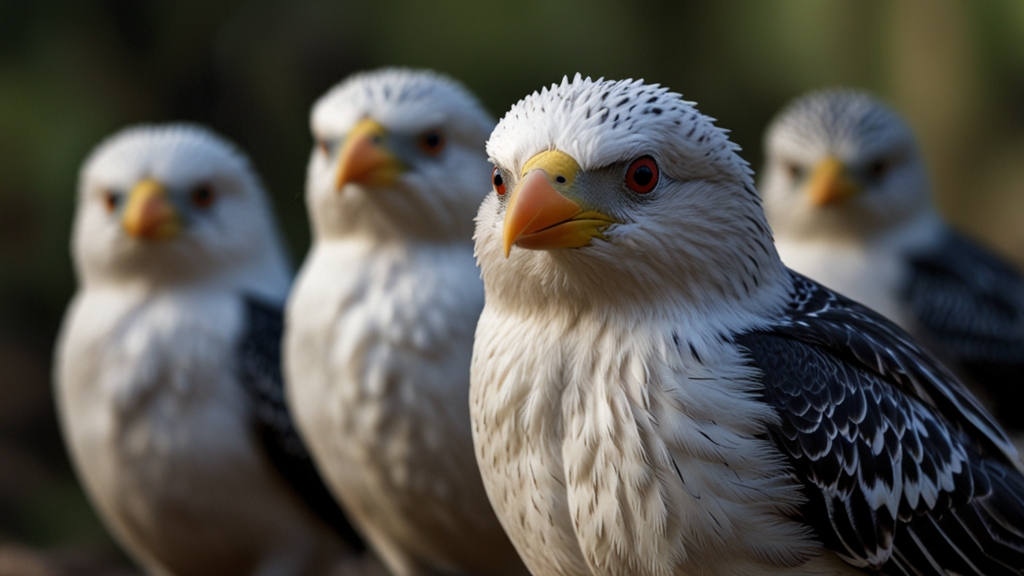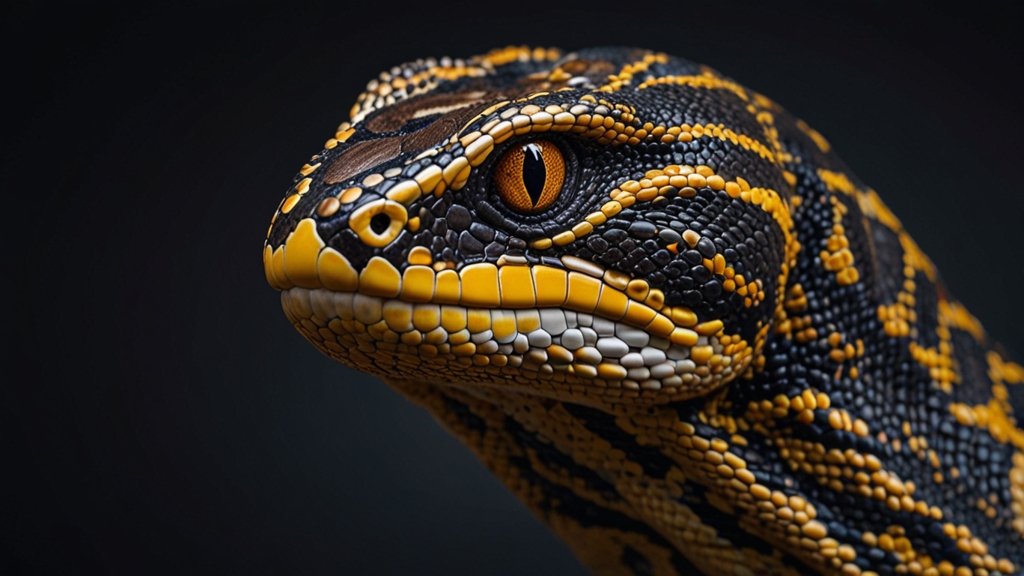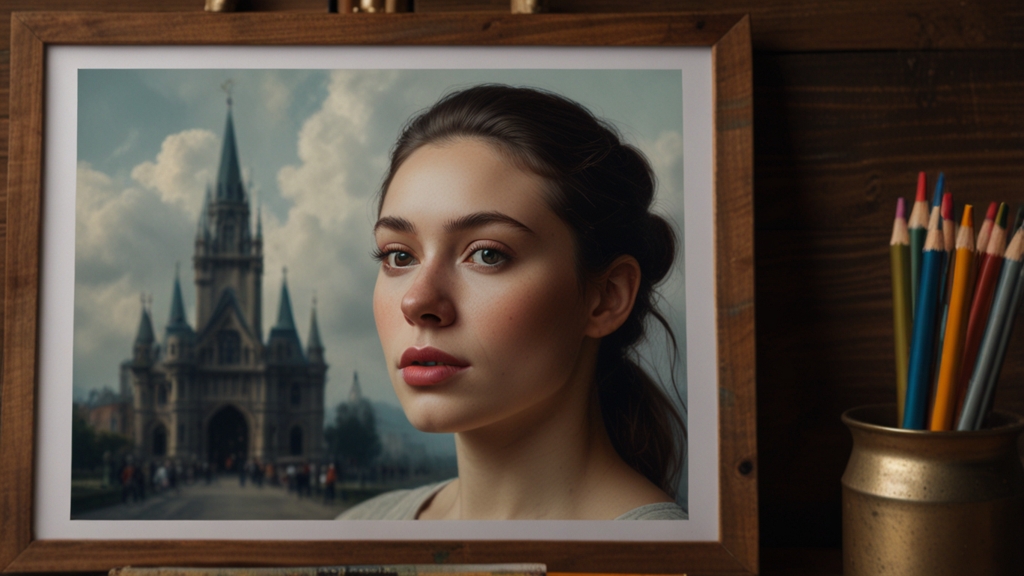From Mummies to Marvels: Egypt's Fascinating Burial Customs Uncovered
Egypt, the land of pharaohs and pyramids, has captivated the imagination of historians, archaeologists, and tourists for centuries. Among its many wonders, the burial customs of ancient Egyptians stand out as some of the most elaborate and intriguing. These practices were deeply rooted in the Egyptians' beliefs about the afterlife and were designed to ensure a safe passage and a comfortable existence beyond death.
The Importance of the Afterlife in Ancient Egypt
Ancient Egyptians held a profound belief in the afterlife, viewing death not as an end, but as a transition. They believed that life after death would be a continuation of earthly existence, albeit in a more idealized form. This belief system necessitated elaborate rituals and customs to ensure that the deceased were adequately prepared for their journey to the afterlife.
The ancient Egyptians believed that the soul was composed of several parts, including the 'Ka' (life force), 'Ba' (personality), and 'Akh' (spirit). Each of these components required specific rituals to be performed for a successful journey to the afterlife.
Mummification: The Art of Preserving the Dead
Mummification is perhaps the most well-known aspect of Egyptian burial customs. The process, which could take up to 70 days, was designed to preserve the body for eternity. The Egyptians believed that preserving the body was essential for the soul's survival in the afterlife.
The mummification process involved several meticulous steps:
- Removal of internal organs: The liver, lungs, stomach, and intestines were removed and placed in canopic jars, each guarded by one of the Four Sons of Horus.
- Dehydration: The body was covered in natron, a natural salt, to remove all moisture.
- Wrapping: The dried body was wrapped in linen bandages. Amulets and charms were often placed between the layers for protection.
- Final rites: A priest would perform the 'Opening of the Mouth' ceremony, believed to restore the deceased's senses in the afterlife.
Mummification was not limited to humans; animals, particularly cats, ibises, and even crocodiles, were also mummified, reflecting their sacred status in Egyptian culture.
Burial Tombs: From Simple Graves to Majestic Pyramids
The final resting place of the deceased varied greatly depending on their status and wealth. The earliest tombs were simple pit graves, but as the civilization advanced, so did the complexity of their tombs.
The pyramid, an iconic symbol of ancient Egypt, served as a grand burial site for pharaohs. The Great Pyramid of Giza, one of the Seven Wonders of the Ancient World, is a testament to the incredible engineering skills of the Egyptians. Inside these monumental structures, the pharaohs were buried along with treasures, food, and other necessities for the afterlife.
The Role of the Book of the Dead
The Book of the Dead, a collection of spells and incantations, played a crucial role in Egyptian burial customs. These texts were designed to guide the deceased through the trials and tribulations of the afterlife, ensuring their safe passage and eventual acceptance into the Field of Reeds, the Egyptian paradise.
One of the most famous spells from the Book of the Dead is the 'Weighing of the Heart' ceremony, where the deceased's heart was weighed against the feather of Ma'at, the goddess of truth and justice. A balanced scale meant a worthy soul, while an unbalanced scale spelled doom.
The Evolution of Egyptian Burial Customs
Egyptian burial customs evolved over millennia, influenced by cultural changes and interactions with neighboring civilizations. From the early dynastic periods characterized by mastabas — flat-roofed tombs — to the later periods where elaborate tomb paintings and intricate sarcophagi became the norm, the Egyptians continually refined their practices.
Today, the remnants of these customs provide invaluable insights into the beliefs, culture, and daily lives of ancient Egyptians. Archaeological discoveries continue to shed light on their sophisticated burial practices, captivating new generations of enthusiasts and scholars alike.
Conclusion
From the meticulous process of mummification to the grandeur of pyramid tombs, Egypt's burial customs reflect a civilization deeply committed to honoring and preserving life beyond death. These practices not only underscore their reverence for the afterlife but also stand as a testament to their ingenuity and dedication to ritual and tradition. As we continue to uncover the marvels of ancient Egypt, we gain a greater appreciation for a culture that, even in death, aimed to achieve immortality.








